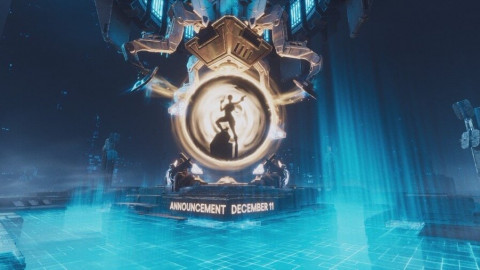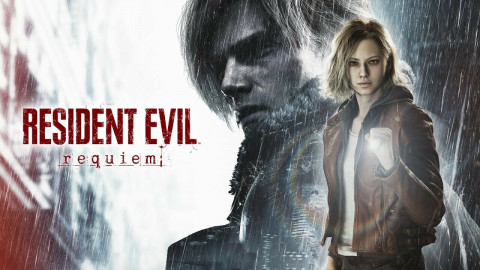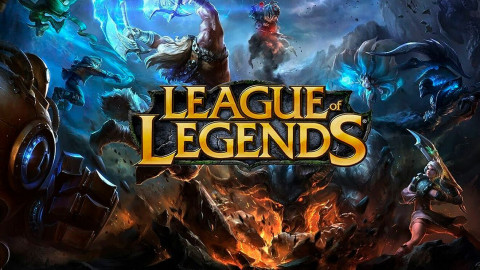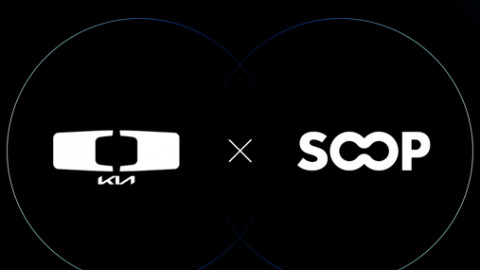
It’s 32 minutes into Team BDS’ week 4 matchup versus MAD Lions. They’ve just lost a teamfight and a subsequent Baron, but they’re still up 2,000 gold. So, you cut your losses and wait to find a fight from a better position before the rest of your lead disappears, right?
Well not if you’re BDS. No, you teleport your mid laner behind the enemy team and haphazardly chase them into their own jungle, going one-for-three and throwing away what hope your gradually outscaled composition had to turn this game back in your favor.
It’s fair to say that BDS needed to find a fight soon. With an Aphelios and Viktor on MAD’s side, compared to a Leblanc and Varus on BDS’, their team would lose the game if they simply opted to wait out the Baron buff and let MAD scale further. But it’s also fair to say that the fight they chose was panicked and poorly thought out.
They needed a fight, but it didn’t need to be then and it didn’t need to be there. Rather, it would have been best for them to use the time in which MAD would be resetting to set up a more coordinated and cohesive team fight, with vision control and proper positioning, rather than scrambling to force something to immediately claw back what they had lost. It’s the sort of uncoordinated aggression you would expect to see from an LEC bottom dweller like BDS, but understanding how and why their reckless offensives differ from other, more “effectively wild” teams is another matter.
To do this, it is best to first take a deep dive into what makes BDS’ aggressive plays backfire so frequently (and why) and then move on to a team I think has played an aggressive playstyle quite well early in the season: the LPL’s V5.

BDS have no off switch
The Baron throw versus MAD was far from the first example of BDS’ individual and team actions blowing up in their faces. Perhaps the most infamous example came just a day earlier versus G2 when Adam "Adam" Maanane opted into two consecutive level 1 fights, and died both times, without ever so much as touching a minion.
Later in that same game though we see a far more costly example. After taking control of the bottom side river and small portions of the enemy jungle, BDS’ mid laner Ilias "NUCLEARINT" Bizriken was forced to return to mid lane and pick up the wave Rasmus "caPs" Winther and Marcin "Jankos" Jankowski had pushed in, giving G2 a temporary advantage in numbers. Instead of respecting it and backing off, BDS decided to keep going, looking to take away the enemy’s krugs as well as an extra plate from their bottom lane tower. That’s where G2 punished them, using Ryze’s Realm Warp to rotate behind them and kill both of BDS’ bot lane players.
This is, perhaps, the most important piece of what makes BDS’ aggression backfire so often. The decision to try and play through the bottom lane is fine; in fact, BDS must play through it to have a chance. Picking an early game dominant but poor scaling lane such as Varus-Bard in such a scaling-heavy meta makes it an absolute requirement to snowball them. It's not what they did was incorrect, it's how they did it. BDS' play fails for a lack of setup through mediocre vision control and poor timing when taking into account the state of the map (i.e. BDS are in numbers disadvantage).
BDS weren’t out of it even after Adam died twice before level 1. In fact, they’d managed to claw it back to an almost even gold game, and then they threw it all away because they tried to make a play at the wrong place and the wrong time. Now, BDS were doomed to slowly lose more and more control over the game as the early advantages in top and the scaling advantage in bot brought G2’s champions online and allowed them to run over BDS in a brutal 21 kills to 4 drubbing.
This is what happens when you don’t have an off switch. Eventually, unless you have a top 3 or 5 in the world player in every role, you’ll find yourself in a place you shouldn’t be, and that you cannot outplay yourselves out of, and teams at the level of the LEC are more than good enough to punish it.

V5: A more refined approach to aggression
For a counterpoint to BDS’s recklessness, we turn to the kings of the aggressive playstyle in the LPL: the hot-streaking current leaders of Victory Five. We can start right from how they play at level 1.
In their week 4 series versus Invictus Gaming, V5 found themselves in a 1-0 hole and needing a win to keep the series going. So, they pulled out an early game strategy designed to put them in the driver’s seat early, the ultimate culmination of which was a kill on the enemy bot lane by jungler Karsa before the clock had even struck 3 minutes.
It would be easy to say that this gank was something they 100% committed to before the game started, but if you watch closely, it’s likely they didn’t commit to it until far later. V5 planned for it if things broke right, but they weren’t going to attempt it if the first two and a half or so minutes didn’t play outright. It began with a seemingly innocuous level 1 play: a three-man invade to place a ward on the enemy red buff, combined with a defensive ward on their own red. This even costs them the Flash on their support, but it sets the wheels in motion.
Hung "Karsa" Hau-Hsuan starts by smiting his red buff and moving to raptors, where he is spotted by iG. As he heads towards his bottom side jungle, this is when he likely makes the call to commit to the gank. At this point he could still opt for a standard clear, doing his bottom side camps into crab, but he knows from the early ward V5 placed on the enemy red that the closest Diana could be to bottom lane is at raptors. So instead, he skips wolves and blue, does Krugs to get level 3, and heads directly to bottom lane where the constant slows of Senna and Tahm Kench provide him with perfect setup for a super early kill.
This sort of aggression — which is planned for, set up, and opted into using the information they actively sought out — was key throughout V5’s game 2 and 3 wins versus iG. Later on, in game 2, V5 placed numbers bottom lane in order to use a Rift Herald they had secured, but they didn’t just put it down for the plates and walk away, despite having had a semi-successful dive, they don’t use the herald right away.
Instead, V5 waited precisely for the moment IG were most vulnerable. With Aphelios and Thresh still in base from the dive and seeing that Diana is nowhere close, V5 take the bottom lane tower with all five of its plates, and second tower as well, creating an enormous influx of gold. With just a small and somewhat resource-intensive kill traded back on the other side of the map.
In game 3, V5 won in a sensationally quick 23 minutes off a play that simply happened because they recognized a numbers advantage. IG had fallen far behind and seeing they have a numbers advantage in the mid lane, V5 make a decision: they’re going push, hard.
It pays off big time. V5 use their fast pushing and long-range composition to quickly and easily break iG’s inhibitors. It’s only after the 2nd one falls that IG have five members back and attempt to stop the bleeding. However, the wound is already fatal, one teamfight and it is game over, series over, V5 win.
It’s so clean from them. Despite how quickly the decision was made, it was rooted in the same fundamentals as the more planned aggression in game two. Recognizing map states and numbers advantages, and planning your aggression around both where you are strongest and the enemy is weakest.
There are safer ways to play, certainly. After all, V5 lost game 1 after opting into an early game dragon fight while failing to take into account the early game strength of IG’s composition, but their targeted, planned, smart aggression will work for them more times than not.
This is what separates V5 from BDS. When they make aggressive plays, there is no panic or disjointedness. They’re all on the same page and in the right place. By comparison, BDS are more improvised and individual. There is rarely a sense of a greater purpose to their plays or a plan behind them. While a team like V5 would likely have more success playing this style by virtue of their superior talent, they would not be as effective as they are playing in their current way. There is a time and a place for improvisation in League of Legends, but building an entire game on it is not a way to consistently win.
Disclaimer: An earlier version of this published article stated that Team BDS' mid laner was Steven "Reeker" Chen, who is the mid laner for MAD Lions. This mistake has been rectified with the correct mid laner for Team BDS, NUCLEARINT.
Sort by:
Comments :0






